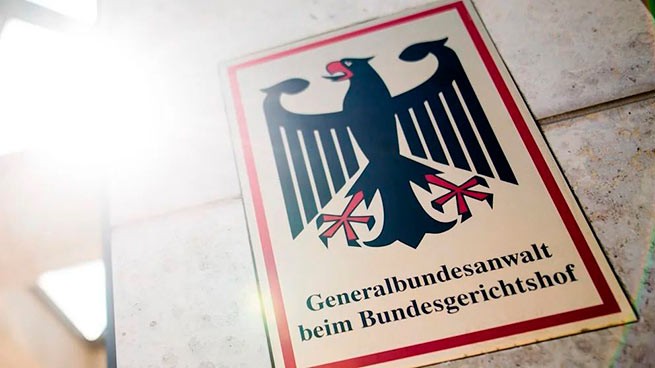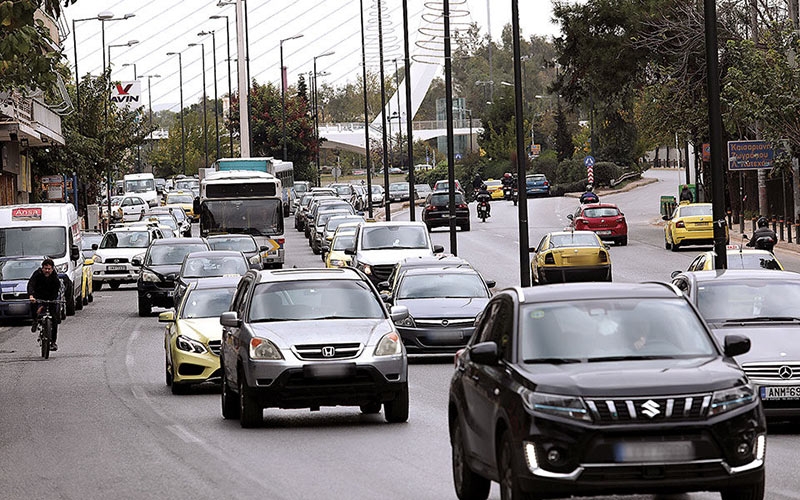The impact of fuel prices on the Athenian roads, which have suddenly become a little more … free, is quite obvious. Traffic jams are gradually giving way to freer roads, although this does not mean that getting around the capital has become easy.
Experts even compare the current situation to a period of economic recession and, in a more extreme parallel, to pandemic travel restrictions. The rapid rise in fuel prices could not but affect mobility in the city, because most citizens now count every kilometer that they have to travel. Families treat all types of travel as a luxury, filtering every trip through… a gas tank. However, the influence of this factor is also evident in the numbers of public transport, which seems to be gaining momentum, offering cheaper trips than by car.
“In particular, the sharp increase in fuel prices that has occurred in recent weeks has a significant and multi-layered impact on travel. Travel to work is more dependent and therefore less reduced compared to travel for other purposes (shopping, leisure, travel), which have significantly decreased Therefore, on working days, a significant decrease in traffic is not expected during the hours when residents of the capital go to work (07.00-10.00 and 15.00-18.00), but a significant decrease in traffic outside peak hours is expected, “explains the President of the Association of Greek Transport Engineers Panagiotis Papantoniou.
Last week, the roads of the capital region became more “free”: on most of the main ones, a decrease in traffic load was observed. According to the Traffic Control Center of the Attica Region, there has been a significant decrease in traffic in the past two weeks on Messogeion Avenue, as well as in the center of Athens around and within the ring road. Even on the busy highway of Kifisso, where, except for emergencies (traffic accidents or car immobilization), there is a significantly improved traffic situation compared to previous months. Kifisias Avenue remains in a deplorable state, which seems to be unable to get rid of the endless traffic jams.
The decline in car traffic is also noticeable in public transport passenger traffic, which seems to be gradually gaining momentum. On Wednesday (16/3) the capital’s buses and trolleybuses served a total of 232,881 passengers, compared to 215,469 a week earlier (9/3). Significantly, in January last year, passenger traffic was even more limited. In particular, on Wednesday (12/1) buses and trolleybuses served only 174,907 passengers, and a week later (Wednesday 19/1) the number of boardings was approximately at the same level (178,801). A similar increase was seen on the metro and commuter trains, which on Wednesday 16/3 served a total of 1.063 million passengers compared to 1 million a week earlier and 818,614 on Wednesday 12 January. A week later, traffic on the same site was 880,547, and on Wednesday, February 2, it was 871,227.







More Stories
Tourism for all: when will the lottery to select beneficiaries be held?
Find out when it starts "godparents basket"what products are included in the list
Birth benefit increases. Find out who and for how long